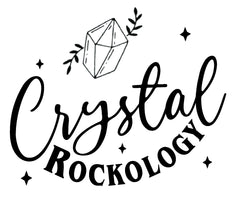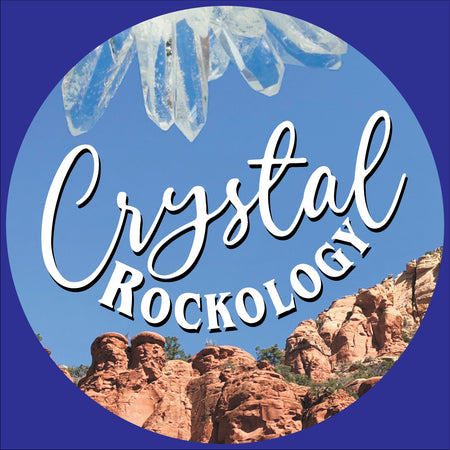Hyalite Opal Glassy Bubbly Botryoidal Zacatecas 22g
This is a 100% natural, high quality, captivating, translucent to transparent Opal variety Hyalite, a.k.a. Hyalite Opal, with exceptional glassy, bubbly botryoidal habit that solidified into a fascinating bowl shape formation and fluoresces with a bright green glow when exposed to UV light. Looking for a truly higher grade example of Hyalite Opal? Here it is. 1.96" x 1.24" x .88" or 49.8mm x 31.7mm x 22.5mm. Virtually no discernible damage except in very small places near the edges of the piece where there was some contact with the matrix the Hyalite developed on. With highest respect to protecting and presenting the natural state of the crystals, it is normal that there remains small amounts of sediment or Rhyolite tuff trapped within and in between the Hyalite spherules. Truly an excellent example of the species! More information further in the description. 22 grams. Click to buy!
Source: Electric Opal Knob location, Zacatecas, Mexico.
1.96" x 1.24" x .88" or 49.8mm x 31.7mm x 22.5mm.
^ Purchase with confidence from knowledgeable mineral collectors and sellers, constantly placing the highest priority on accuracy, knowledge and service to you, the collector or gift giver.
At first glance, it is sometimes astonishing to know that Hyalite Opal is a solid mineral. The bubbly well formed botryoidal habit exhibited in this piece looks like soap bubbles that have been frozen in time.
Creation: The captivating bright green fluorescent characteristic is what sets this Hyalite variety of Opal apart from other types that show flashes of color. The glow is truly remarkable! Hyalite Opal from this location forms on a Rhyolitic tuff found on layers of volcanic crusts and pegmatite surroundings where silica accumulates from a gas phase. Sometimes the botryoidal Hyalite grows on a layer of also botryoidal Quartz var Chalcedony that coats the Rhyolitic tuff. The botryoidal spherules are a hydrated silicate or solidified silica gel containing about 3 to 8% water. The solidification of Hyalite Opal culminates to a hardness of 5 to 6.5 on the Mohs scale, not far from the hardness of Quartz! Though not showing the same opalescence as other varieties of Opal, a soft play of color in the form of rainbow like ripples can sometimes be seen with magnification.
This is a 100% natural, high quality, captivating, translucent to transparent Opal variety Hyalite, a.k.a. Hyalite Opal, with exceptional glassy, bubbly botryoidal habit that solidified into a fascinating bowl shape formation and fluoresces with a bright green glow when exposed to UV light. Looking for a truly higher grade example of Hyalite Opal? Here it is. 1.96" x 1.24" x .88" or 49.8mm x 31.7mm x 22.5mm. Virtually no discernible damage except in very small places near the edges of the piece where there was some contact with the matrix the Hyalite developed on. With highest respect to protecting and presenting the natural state of the crystals, it is normal that there remains small amounts of sediment or Rhyolite tuff trapped within and in between the Hyalite spherules. Truly an excellent example of the species! More information further in the description. 22 grams. Click to buy!
Source: Electric Opal Knob location, Zacatecas, Mexico.
1.96" x 1.24" x .88" or 49.8mm x 31.7mm x 22.5mm.
^ Purchase with confidence from knowledgeable mineral collectors and sellers, constantly placing the highest priority on accuracy, knowledge and service to you, the collector or gift giver.
At first glance, it is sometimes astonishing to know that Hyalite Opal is a solid mineral. The bubbly well formed botryoidal habit exhibited in this piece looks like soap bubbles that have been frozen in time.
Creation: The captivating bright green fluorescent characteristic is what sets this Hyalite variety of Opal apart from other types that show flashes of color. The glow is truly remarkable! Hyalite Opal from this location forms on a Rhyolitic tuff found on layers of volcanic crusts and pegmatite surroundings where silica accumulates from a gas phase. Sometimes the botryoidal Hyalite grows on a layer of also botryoidal Quartz var Chalcedony that coats the Rhyolitic tuff. The botryoidal spherules are a hydrated silicate or solidified silica gel containing about 3 to 8% water. The solidification of Hyalite Opal culminates to a hardness of 5 to 6.5 on the Mohs scale, not far from the hardness of Quartz! Though not showing the same opalescence as other varieties of Opal, a soft play of color in the form of rainbow like ripples can sometimes be seen with magnification.









